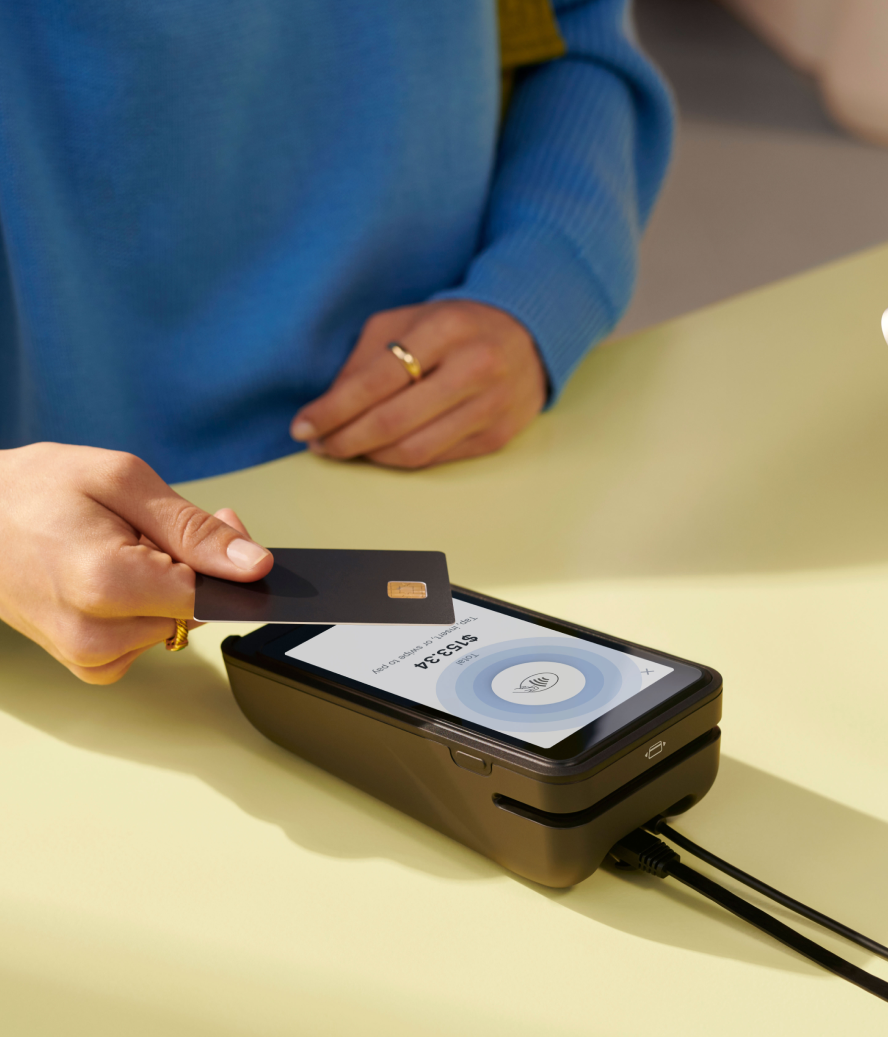Is excess inventory weighing you down? You may have a surplus of items piled on store shelves or in storage. Excess inventory is bad for business—it ties up cash flow, it takes up valuable space in-store and in storage, and stale products could negatively affect sales.
Customers want to see a fresh selection in-store and online on a regular basis—especially your loyal customers who check back often. Not to mention the degrading value and quality of inventory that expires or is perishable. With that in mind, you can see the value in having strategies on hand to liquidate excess inventory.
Managing excess inventory is a necessary part of any retail business. But it’s also an opportunity to improve your bottom line. In this article you’ll learn the causes of excess inventory and ways to get rid of it.
Table of Contents
What is excess inventory and what causes it?
Excess inventory is when you have more inventory than you need to fulfill customer demand. This can occur due to a variety of reasons, including overproduction, inaccurate sales forecasting, changes in demand, or slow-moving inventory.
Excess inventory is problematic because it ties up money that could be used for other purposes, like investing in new products or sales and marketing to expand your retail business. It can also lead to increased storage and handling costs, and the risk of obsolescence or spoilage.
7 ways to manage excess inventory
Managing excess inventory involves strategies like implementing more accurate demand forecasting, offering promotions or discounts, or selling the excess inventory through pop-up shops. Let’s look at these suggestions (and more) for getting rid of excess inventory:
1. Demand forecasting
Ordering inventory without using tools and data to analyze past sales, account for size curves, and to take future marketing campaigns into consideration can lead to poor demand forecasting and excess inventory.
But with the right inventory planning software, you can automate these tedious processes and decrease your chances of having too much stock. You can also use your Shopify order history data to improve sales, improve the customer experience, and make better business decisions, which can all help you avoid excess inventory.
💡 PRO TIP: Want to know which products account for the majority of profits? View the ABC inventory analysis report in Shopify admin to see your best and worst-performing inventory, optimize your purchasing, and increase profitability.
2. Strategic placement
For in-store retail locations, getting attention for excess inventory is about location, location location. In North America, shoppers favor turning right because we drive on the right side of the road.
90% of customers will turn right when they enter your store, so it’s important to place merchandise accordingly. Placing excess inventory to the right of the front door is a great way to ensure that many eyes see it.
If the products are currently displayed elsewhere in your store, consider relocating them to a location closer to the door. Then draw even more attention with “pick of the week” signage, or something similar. This makes the item a focal point as soon as customers enter your store, and may even lead them to question whether the product is new.
Make sure that you take advantage of these extra eyes by creating beautiful displays that help your chances of converting browsers into paying customers.
3. Drop the price
Another way to move excess inventory is with a good old-fashioned sale. If you’re looking to get rid of products fast, offer a deal that customers just can’t ignore, but make sure you’re still profiting.
Bulk sales that require consumers to buy a certain amount of items to get one for free help move larger volumes per sale. This strategy works best for items that are staples that people are likely to stock up on—like clothing basics, popular food items, and small accessories. You may also want to think about having bulk item sales around the holidays, when customers are likely to purchase multiples of the same item for gifting purposes.
💡 PRO TIP: With Shopify POS, you can create dollar, percentage, or item-specific discounts and promotions that get automatically applied to individual items or entire carts at checkout. Once you set up an automatic discount, it works for both online and in-store purchases.
4. Pop-up shops
Pop-up shops are an effective way to increase brand awareness, test a new market, and, of course, move excess inventory. They’re perfect for retail businesses run exclusively online, and a great way to introduce your product to new customers in the retail space and get rid of excess inventory quickly.
Feeling a little intimidated at the idea of running your own pop-up shop? Check out these 16 examples of successful pop-up shops to help you through every step of the setup process.
📌 GET STARTED: Shopify POS is the fastest way to accept in-person payments, sell at events, or open a pop-up shop. Download the Shopify POS app onto any smartphone or tablet and rent a mobile card reader to start selling wherever your customers are.
Limited-time pop-up shops create a sense of urgency and exclusivity for brands that aren’t normally available in-store. The idea that you’re not going to be around for long is a huge plus point in getting customers to buy. Scarcity drives action through customers wanting exclusive, limited edition, or other products they can’t get otherwise, and a pop-up shop puts you in a perfect position to take advantage of this psychological strategy.
5. Bundles and giveaways
Combining products together is another way to sell through excess inventory. You can bundle popular products with less popular items to entice shoppers to select the bundle over the regular items, or bundle special edition items with regular items for holiday promotions.
One way to achieve this is to curate product collections—for example, like the way Beardbrand markets its grooming kit as a “value kit” by combining many items into the “ultimate beard box” and discounting the price.
In the same spirit as bundling, you can give away smaller products that you’re looking to move as a gift or incentive to customers. Offering a “free” product with purchases over a certain amount, say $100 or $250, encourages shoppers to stock up on regularly priced items and spend a little more than usual to receive an exclusive gift. That offloads your excess inventory while also increasing your average sales totals.
You can also use excess inventory as prizes in giveaways run in-store and online. Running a contest on one of your social media accounts? Offer some of those products that are just sitting around as prizes for winners.
For some tips on hosting giveaways to grow your business, check out our guide on creating viral contests.
6. Digital marketing
Once you’ve nailed down your preferred tactic to offload excess inventory— whether it’s via a sale, bundling, or a giveaway—make sure you promote your efforts.
Draft up an email marketing campaign that sends info on your upcoming sale to your customers. Post beautifully styled photos of your giveaway items paired with all the details on your social media channels. And of course, ensure that you promote any sales or giveaway campaigns on your ecommerce site.
7. Donate remaining excess inventory
No matter how successful your efforts are to liquidate all excess inventory, you’ll likely be left with a few products that need a home. Consider donating your remaining excess inventory to those in need. Depending on the product, you can send those unused goods to the Salvation Army, Goodwill, Big Brothers Big Sisters, or your local homeless shelter.
As well as helping others, donated items are often eligible for tax rebates. Additionally, hosting charity events is a great way to garner positive PR and brand awareness for your business.
Reduce excess inventory with Shopify POS
Once you’ve cleared any excess inventory using these strategies, you’ll be looking to the future. Ordering the right amount of product to prevent overstocks and minimize out-of-stock items is difficult to master, but learning how to reduce excess inventory is a great first step.
And with Shopify POS’s smart inventory management features, you can track inventory, create purchase orders (POs), receive low stock alerts, get PO suggestions, and use inventory analysis to determine which products to reorder and which ones are taking up valuable storage.
Additional research and content from Alexis Damen.
Read more
- How to Build a Brand Story for Your Retail Store in 2024
- What is Overselling (+ How to Prevent It)
- Retailer’s Guide to Inventory Days on Hand (DOH)
- 10 Ways On-Demand Manufacturing Can Help Retailers Streamline Their Operations
- The Complete Guide to Purchasing Product Samples
- 4 Inventory Valuation Methods for Retailers (+ How to Choose One)
- What Is Economic Order Quantity and How Can I Calculate It?
- What Is Last Mile Delivery Logistics?
- How to Receive Inventory and Keep Your Stockroom Clutter-Free
Excess inventory FAQ
What is considered excess inventory?
What problems does excess inventory cause?
Excess inventory can cause several problems for retailers:
- It ties up valuable capital that could be used for other purposes like investing in new products or expanding operations.
- It takes up valuable storage space, which can be costly for companies with limited storage capacity.
- Excess inventory can become obsolete or expire, leading to waste and loss of resources.





